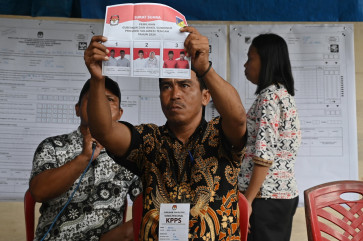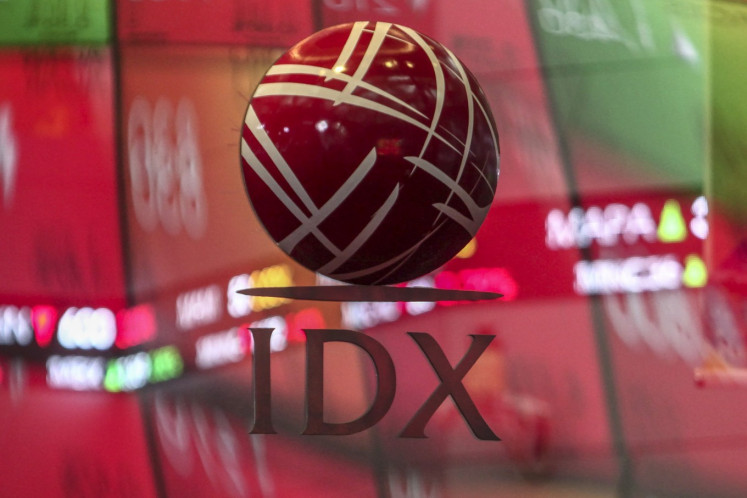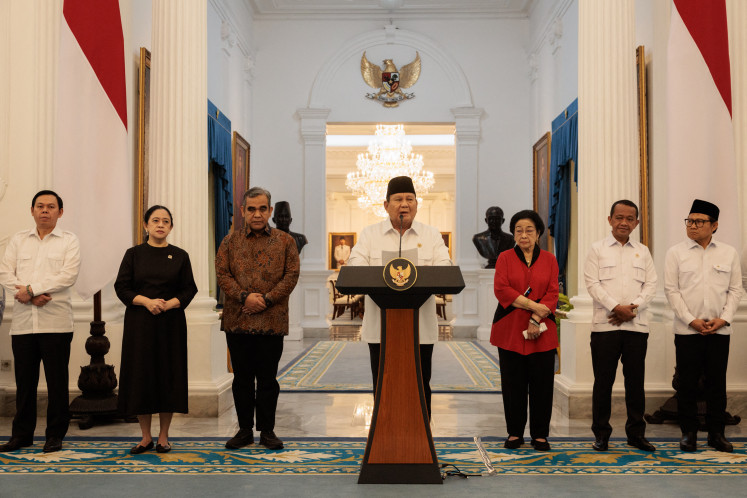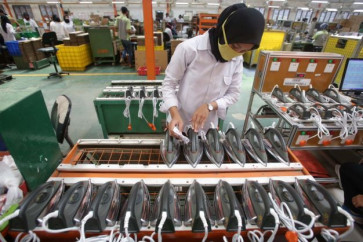Popular Reads
Top Results
Can't find what you're looking for?
View all search resultsPopular Reads
Top Results
Can't find what you're looking for?
View all search resultsIndonesia’s economy under global perfect challenge
From an international economic perspective, cooperation with close economic partners is essential to secure Indonesia's economic resiliency.
Change text size
Gift Premium Articles
to Anyone
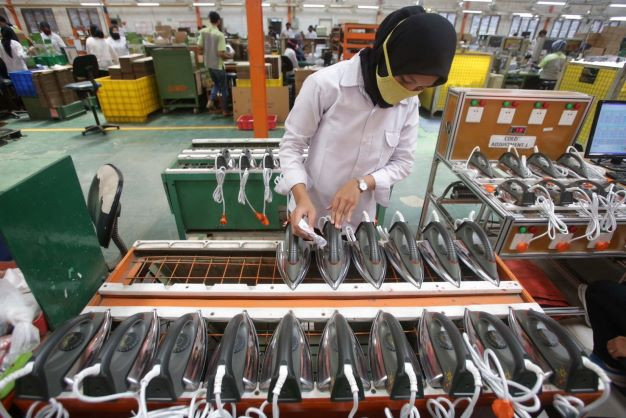 Business as usual: Workers assemble electric irons at a factory operated by PT Selaras Citra Nusantara Perkasa in Cileungsi, Bogor, West Java, on Aug. 19, 2020. Manufacturing sector growth fell to 4.01 percent in the second quarter of the year, down from 5.07 percent in the first quarter. (JP/Wendra Ajistyatama)
Business as usual: Workers assemble electric irons at a factory operated by PT Selaras Citra Nusantara Perkasa in Cileungsi, Bogor, West Java, on Aug. 19, 2020. Manufacturing sector growth fell to 4.01 percent in the second quarter of the year, down from 5.07 percent in the first quarter. (JP/Wendra Ajistyatama)
Statistics Indonesia (BPS} reported last Friday that Indonesia’s economy grew by 5.44 percent year-on-year in the second quarter. That growth rate was quite remarkable compared to the 7.07 percent expansion in the same period last year, especially if the growth was set against the 3.79 percent inflation in the second quarter.
Indonesia's Consumer Confidence Index (CCI) experienced an initial pick-up in the second quarter of 2022, rising from 113 in April to 128 in June, showing that Indonesia's consumption confidence had kept rising despite climbing global and domestic inflation. This should be attributed to the decrease in the COVID-19 infection rate in the second quarter, which in turn significantly eased social-mobility restrictions, thereby bolstering economic activities and household consumption, especially during the Islamic Ramadan and Idul Fitri festivities.
Household consumption, which usually accounts for over 51 percent of GDP, grew by 5.51 percent in the second quarter. The perfect combination of higher-production growth in the first quarter and strong household consumption in the second quarter helped build up strong buffers for Indonesia in facing the perfect challenge of global economic crises. The perfect challenge combined a global pandemic and the war in Ukraine that simultaneously decreased aggregate demand and supply.
The combined figure for economic growth and the inflation rate in the second quarter showed that optimism in Indonesia's economy kept increasing from the first to the second quarter. If the production side played the engine of growth in the first quarter, then consumption expenditure took the role as the growth driver in the second quarter.
The growth of the manufacturing sector declined to 4.01 percent in the second quarter, which was lower than the GDP growth rate, from 5.07 percent in the first quarter. In further detail, Indonesia's PMI Manufacturing Index in the first quarter slightly decreased from 53.7 in January to 51.3 in March.
What made the manufacturing sector exceed national economic growth in the first quarter while the PMI Manufacturing declined? One probable answer is the stable import value and surplus in trade account from US$9.3 billion in the first quarter to almost double at $15.6 billion in the second quarter. The increasing import-value trend and trade-account surplus indicated that economic activities, including production activities, continued to increase.



